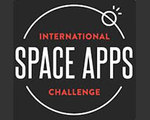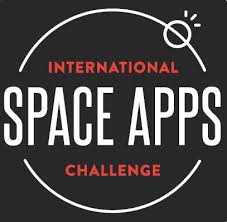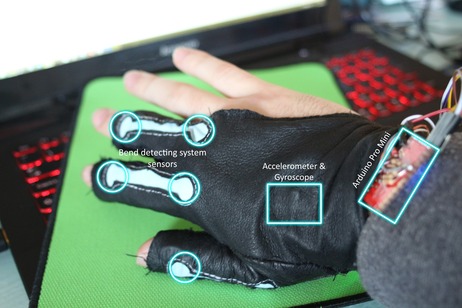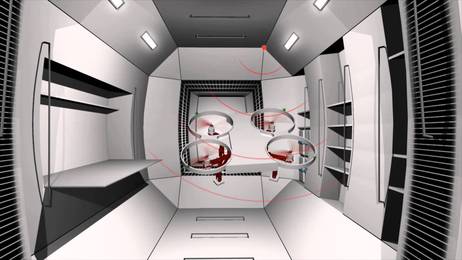Open Innovation Boost to Space Research and Global Issues
Published Jul-20-15Breakthrough:
A novel way to spot potential natural hazards and a new voice and gesture command system for spacecraft are among the winners of a NASA-led global open innovation contest.
Company:
NASA, United States
The Story:
 Every year, NASA and several other space agencies enlist the help of the crowd in a mass collaboration event to produce open-source solutions for future space missions. The initiative also hopes to solve issues that are much closer to home, on our own planet.
Every year, NASA and several other space agencies enlist the help of the crowd in a mass collaboration event to produce open-source solutions for future space missions. The initiative also hopes to solve issues that are much closer to home, on our own planet. The International Space APPS Challenge is a 48-hour hackathon that takes place simultaneously in cities around the world and involves students, developers, entrepreneurs, artists, designers, space enthusiasts and many more.
Innovations for Earth and for Space
In 2015, there were 35 challenges in four mission categories. They were: Earth, Space, Humans and Robotics. NASA provided participants with services, tools and reams of data sets, supplied through NASA missions and technology.
From this mountain of information it was hoped that members of the crowd would use their creativity, capabilities and knowledge to create fresh insights and new solutions. A total of 13,753 people took part in 133 locations and they worked on 949 projects.
Among the global winners of this fourth iteration of the open innovation contest were:
Valkyrie (Sofia, Bulgaria) won in the best Use of Hardware category: this is a "smart" glove and mobile device that uses gesture and voice recognition to accomplish tasks. It can also be used in the home. For example, when wearing the glove, you can increase the volume of your television by raising your hand in the air. Other items that can be controlled by the device include robotic arms.
The winner of the Best Use of Data award was NY Space Tag (developed in New York). It is a more efficient and quicker way to query NASA data, using a data tagging system that extracts keywords and core concepts.
The overall winner of the Best Mission Concept was Arachnobeea from (Limassol, Cyprus) for a small, modular multi-purpose drone that can transport small cargo loads. It has a grab and capture capability as well as the ability to dock and release. The drone will be designed so that it can navigate on its own around a spacecraft and avoid obstacles.
The People's Choice award went to NatEv Explorer (Pristina, Kosovo) for their idea to use real-time earth observation data (that is collected by NASA every day) in an interactive 3-D globe. The system could be used for the discovery of potential natural hazards.
The Next Innovative Steps
The winning ideas may get taken up in their entirety by NASA, or parts of them could be incorporated into future projects. During the selection process of the global winners, NASA representatives met with every single challenge owner to discuss the submissions and select solutions that could be of potential use.
One thing that is certain is that NASA is wedded to open innovation and crowdsourcing as viable ways of problem solving. The space agency states on the Space Apps Challenge website: "The exploration of space is, by necessity, a unified international effort - and diversity of experience and perspective inevitably produces a better product."
Next Story »



